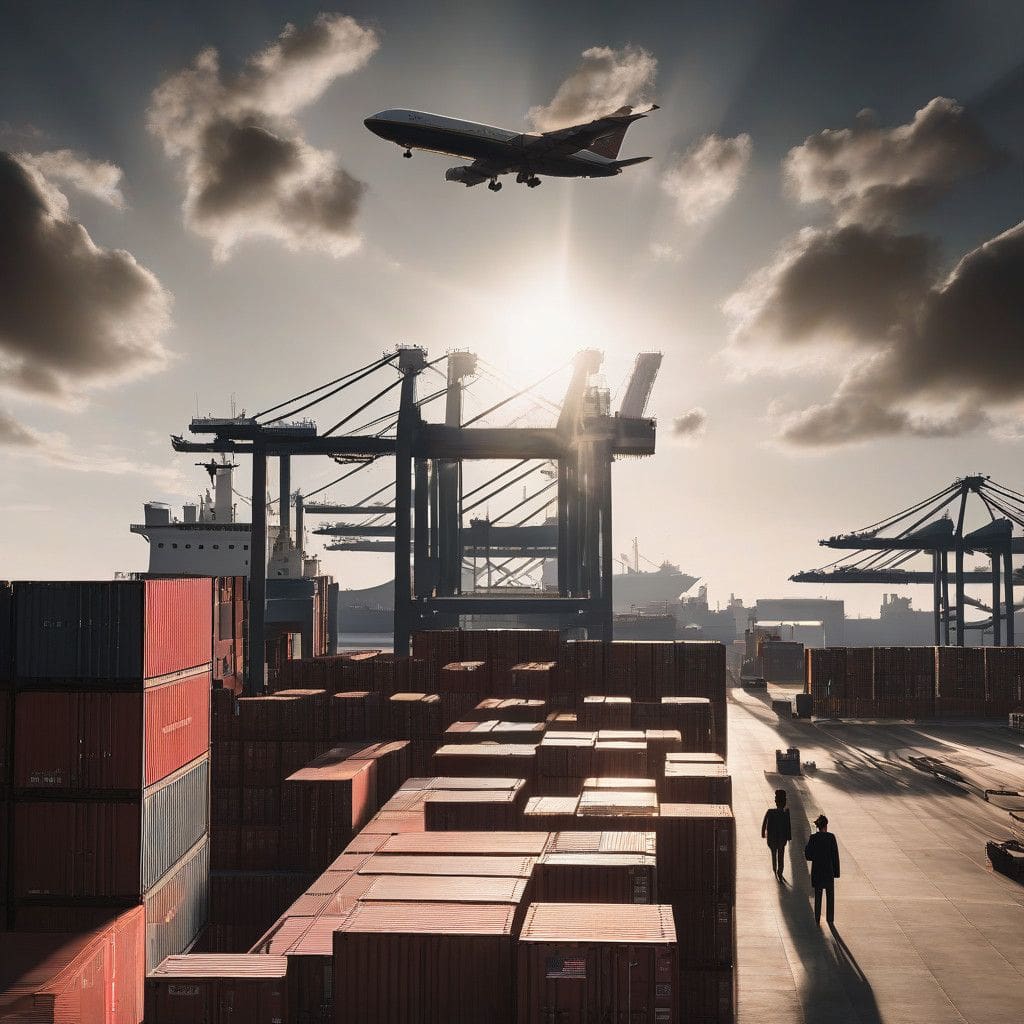In a move aimed at redefining import regulations, the Biden administration has announced plans to curb low-value shipments entering the United States duty-free under the $800 “de minimis” threshold. This decision follows increased scrutiny of how Chinese e-commerce firms—specifically Shein and PDD Holdings’ Temu—have been leveraging this exemption to bypass tariffs and regulatory oversight.
The proposed rules will seek to disallow the duty-free exemption for packages containing low-value goods that fall under specific tariffs. These include the Section 301 tariffs on various Chinese imports, as well as those under Section 232 regarding steel and aluminum products, and the Section 201 safeguard tariffs on items like solar panels and washing machines. Such a regulation aims to facilitate better customs oversight, especially to prevent unsafe goods and illicit substances, including fentanyl precursors, from entering the US markets unnoticed.
US Secretary of Commerce Gina Raimondo emphasized the need for a fair playing field, stating, “American workers and businesses can outcompete anyone on a level playing field, but for too long Chinese e-commerce platforms have skirted tariffs by abusing the de minimis exemption.” The announcement was prompted by pressures from Democratic lawmakers who labeled the de minimis provision a “loophole” enabling not just tariff evasion but also the smuggling of narcotics into the country without adequate customs inspection.
The de minimis exemption, rooted in US trade law since 1930 to cater to individual travelers, saw its threshold raised significantly in 2015 from $200 to $800. This increase was intended to support small businesses operating on platforms like eBay. However, the result has been a tidal wave of packages entering the US, with more than 1 billion last year, a dramatic increase from about 140 million a decade ago. The majority of these shipments can be traced back to Chinese e-commerce businesses, raising concerns among US textile manufacturers about unfair competition that allows low-value clothing to bypass Section 301 tariffs, which cover 70% of large-scale textile imports from China.
The urgency for regulatory reforms was reiterated by White House Deputy National Security Adviser, Daleep Singh, who stated, “The drastic increase in de minimis shipments has made it increasingly difficult to target and block illegal or unsafe shipments coming into the US through this pathway.” The new rules aim to reduce the volume of such shipments, thereby allowing US Customs and Border Protection agents to better monitor incoming goods. Another proposed regulation will mandate detailed product tariff codes for de minimis packages to help identify potentially suspicious shipments.
Despite the proactive announcements, there remains uncertainty regarding the timeline for implementing these rules. They must undergo public comment periods to allow for stakeholder engagement before being finalized. The administration is concurrently discussing potential legislative reforms with lawmakers to address blanket exclusions for specific import-sensitive products.
Coinciding with these developments, the Biden administration has also confirmed steep tariff increases on approximately $18 billion worth of Chinese imports. This includes a staggering 100% tariff on electric vehicles, a 50% tariff on semiconductors and solar panels, and a 25% tariff on lithium-ion batteries, steel, and aluminum.
The proposed regulatory changes reflect a broader trend in the US, where increasing protectionism against Chinese goods is evident. As local producers struggle to compete with the influx of lower-priced imports, these new measures could reshape the landscape of US-China trade relations.
The outcome of this situation will be pivotal. If the proposed rules are enacted, they could significantly impact how e-commerce firms operate, compelling them to adapt their shipping strategies or contend with new compliance requirements. As these developments unfold, stakeholders across various industries will be watching closely, anticipating changes that could reverberate throughout global supply chains.












